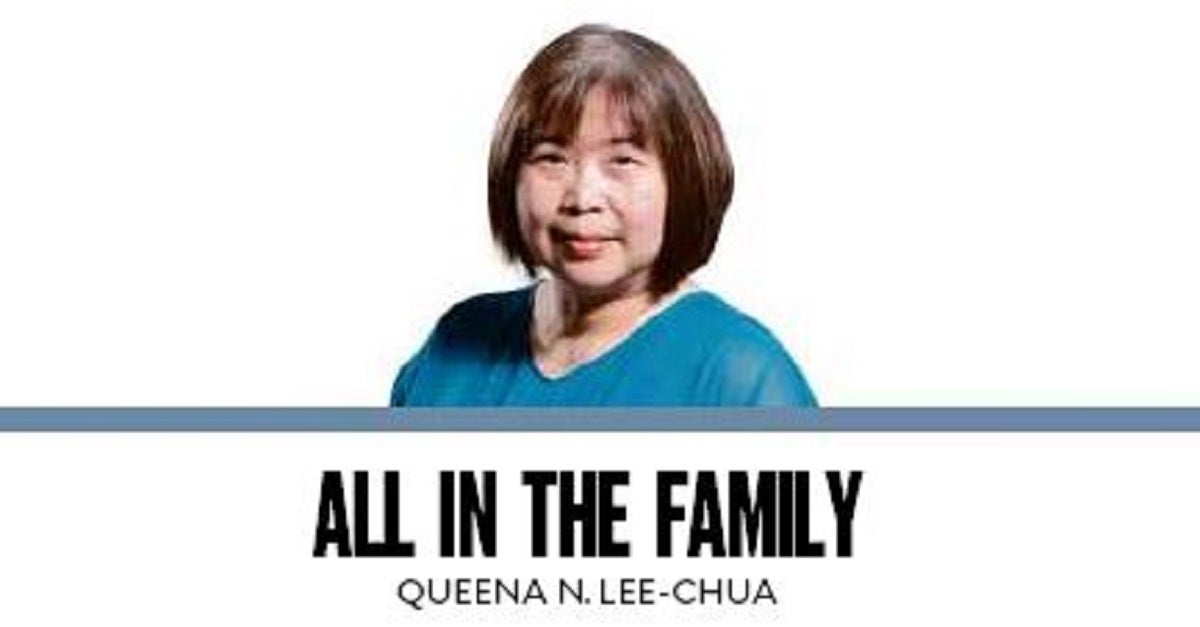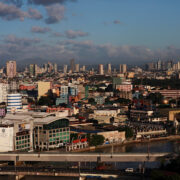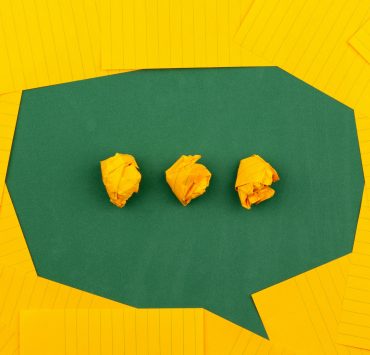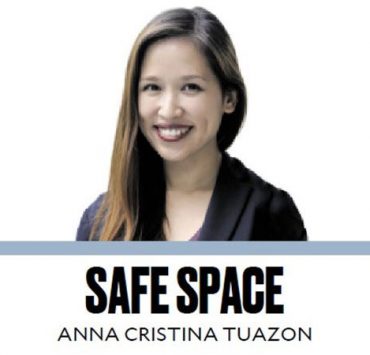Can Asian community culture protect against social media harm?

Last week, we looked at US psychologist Jonathan Haidt’s contention that indiscriminate social media use is a direct cause of poor mental health in young people.
Age may play a role. In a 2023 study of 1649 people in the UK, United States, Norway and Australia, the increase in loneliness was more pronounced in younger groups, while those middle-aged or older were found to be less socially lonely.
But even this study concedes harm for those using social media primarily to maintain social contact, rather than for those using it for other reasons.
“High levels of social media use relate not only to loneliness, but to mental distress … in general,” says Norwegian researcher Tore Bonsaksen and his team. “Paradoxically, ‘social’ media appears … to hinder rather than promote … social well-being. The underlying mechanisms may concern the addictive properties … so people who have problems with self-regulation may be less able to ‘log off’ and experience social media fatigue and/or addiction as a result … People’s perception of social media content … is often in the form of texts and photos conveying a positive message of joy, fulfillment, adventure, or success of some kind. More time spent digesting other people’s happiness … may accelerate one’s own feelings of loneliness and distress, possibly fueled by envy … In the opposite case, observing social media posts displaying the challenges of others without being able to provide direct support may also contribute to increased feelings of loneliness.”
One of the few to highlight the positive impacts of social media was a 2022 study of 70 young people in Singapore.
“Based on participants’ narratives, our analysis suggested three features of social media consumption … connection, content, and outlet for expression … influencing … positive mental health,” say Janhavi Ajit Vaingankar and his team from the Institute of Mental Health and National University of Singapore. “These pathways contributed to … positive relationships and social capital, self-concept, coping, happiness, and other relevant aspects of mental health (positivity, personal growth and psychological well-being).”

Participants talked of being happy when their photos were tagged, feeling catharsis when they were able to rant, empowered when talking to like-minded peers, bonding with those who had similar experiences, distracting themselves with humorous videos rather than the negativity, finding relief in the open-mindedness of peers rather than parents who might judge them, being motivated by inspirational quotes, competing positively rather than in a toxic fashion.
What I found interesting was the possible effect of Asian culture on participants’ responses.
“Contrary to the … literature on the adverse impact of comparing with peers … participants mentioned that they felt happy to see their friends’ achievements,” say the researchers. “It is possible that they were only referring to close friends, and it made them appraise their own life positively. In fact, much of the experiences relating to happiness were linked to close friends or community bonding, sharing light moments, and entertainment associated with social media, and it is possible that in an Asian setting, positive relationships influence the experience of happiness on social media.”
In our own Ateneo Science and Engineering Student Resilience Study, we found that those with families who loved them unconditionally, professors who cared enough to spur them on, and peers who supported them, thrived despite great adversity. The traditional Asian culture of belongingness engendered by close-knit communities may protect against mental ill health, or enable young people to grow despite severe challenges.
However, the plethora of global studies on the ill effects of social media cannot be denied, and in February 2024, then deputy and now Singapore prime minister Lawrence Wong urged the government and academe to investigate social media overuse as a potential factor in mental ill health.
Second of four parts. Next week: What parents and schools can do


















